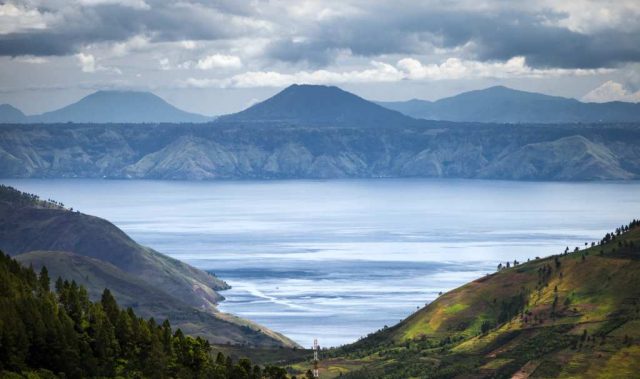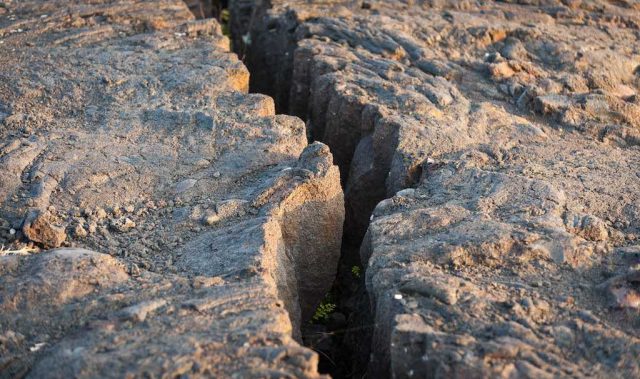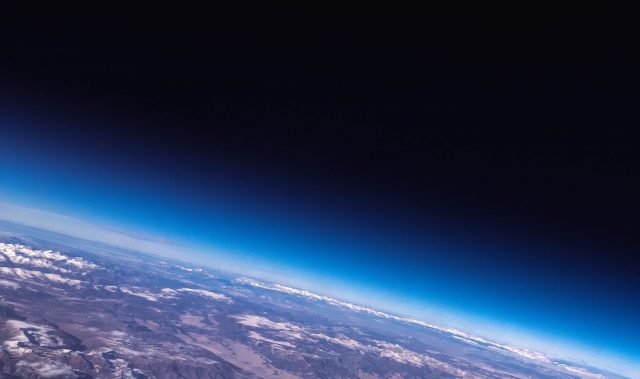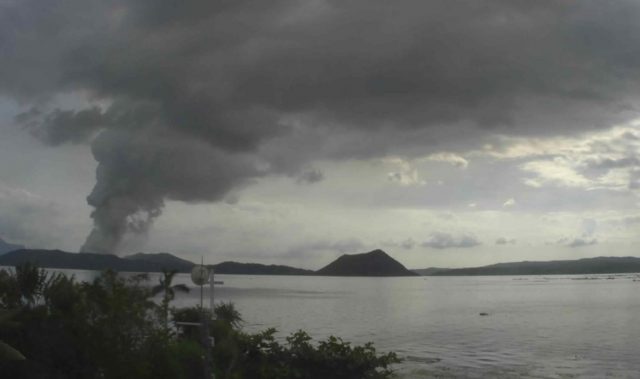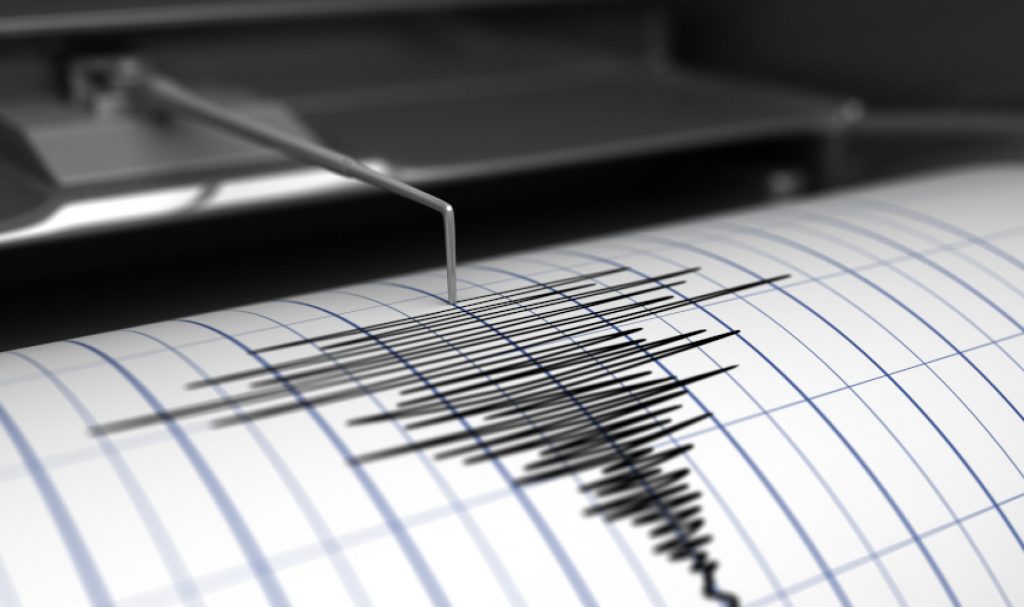
AsianScientist (Feb. 28, 2019) – The devastating 7.5 magnitude earthquake that struck the Indonesian island of Sulawesi last September was a rare supershear earthquake, according to a study led by researchers at the University of California, Los Angeles (UCLA), US. Their work is published in Nature Geoscience.
Supershear earthquakes are characterized by the rupture in the Earth’s crust moving very rapidly along a fault, causing the up-and-down or side-to-side waves that shake the ground, called seismic shear waves, to intensify. Shear waves are created in standard earthquakes, too, but in supershear quakes, the rupture moving faster than the shear waves produces more energy in a shorter time, which is what makes supershears even more destructive.
In the present study, researchers led by Professor Joanne V.C. Knopoff of UCLA analyzed the speed, timing and extent of the Palu earthquake that occurred in Indonesia in 2018. Using high-resolution observations of the seismic waves, along with satellite radar and optical images, they found that the earthquake propagated unusually fast, which identified it as a supershear. Only a dozen supershear quakes have been identified in the past two decades, according to Knopoff.
“That intense shaking was responsible for the widespread landslides and liquefactions [the softening of soil caused by the shaking, which often causes buildings to sink into the mud] that followed the Palu earthquake,” said Professor Meng Lingsen, a co-author of the study.
He added that the vibrations produced by the shaking of supershear earthquakes is analogous to the sound vibrations of the sonic boom produced by supersonic jets. The researchers also determined that the minute-long quake moved away from the epicenter at 4.1 kilometers per second, faster than the surrounding shear-wave speed of 3.6 kilometers per second. By comparison, non-shear earthquakes move at about 60 percent of that speed, around 2.2 kilometers per second.
Previous supershear earthquakes—like the magnitude 7.8 Kunlun earthquake in Tibet in 2001 and the magnitude 7.9 Denali earthquake in Alaska in 2002—have occurred on faults that were remarkably straight, meaning that there were few obstacles to the quakes’ paths. But the researchers found on satellite images that the fault line of the Palu quake had two large bends. The earthquake was so strong that the rupture was able to maintain a steady speed around these bends.
The researchers also inferred that there was likely high stress in the rocks surrounding the Palu quake fault line. This resulted in stronger shaking and more land movement in a compressed amount of time than would in standard earthquakes.
“Geometrically irregular rock fragments along the fault plane usually act as barriers preventing earthquakes,” Meng said. “However, if the pressure accumulates for a long time—for decades or even hundreds of years—an earthquake will eventually overcome the barriers and will go supershear right away.”
The article can be found at: Bao et al. (2019) Early and Persistent Supershear Rupture of the 2018 Magnitude 7.5 Palu Earthquake.
———
Source: University of California, Los Angeles; Photo: Shutterstock.
Disclaimer: This article does not necessarily reflect the views of AsianScientist or its staff.





